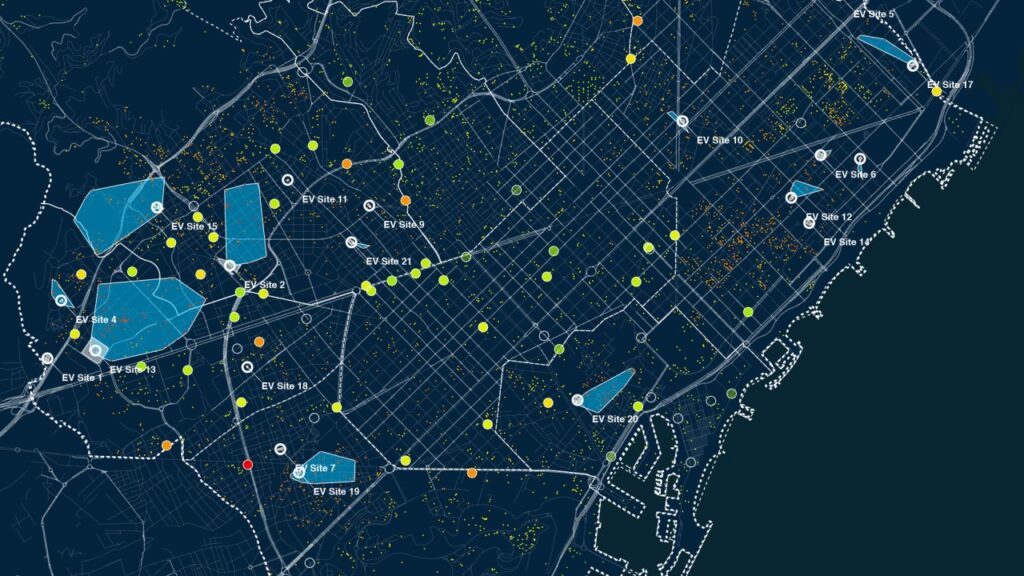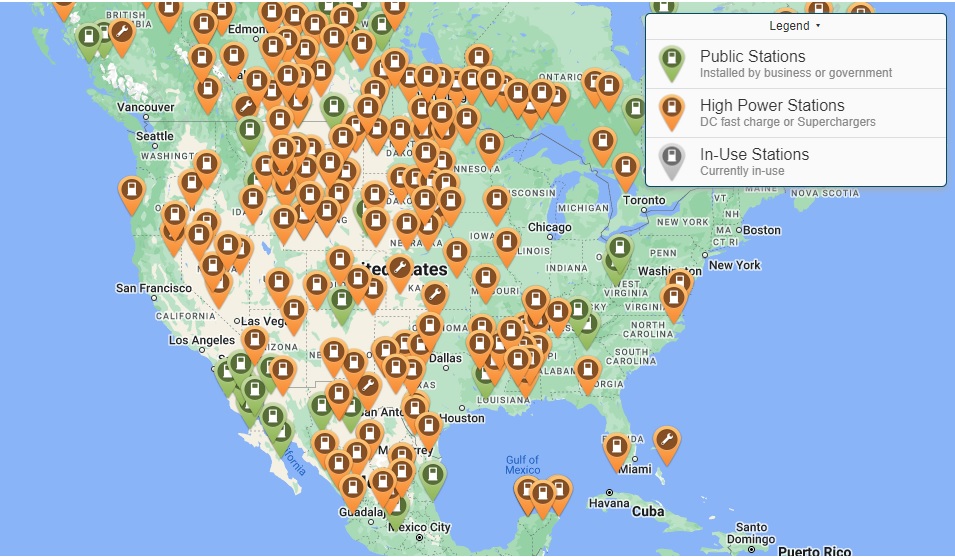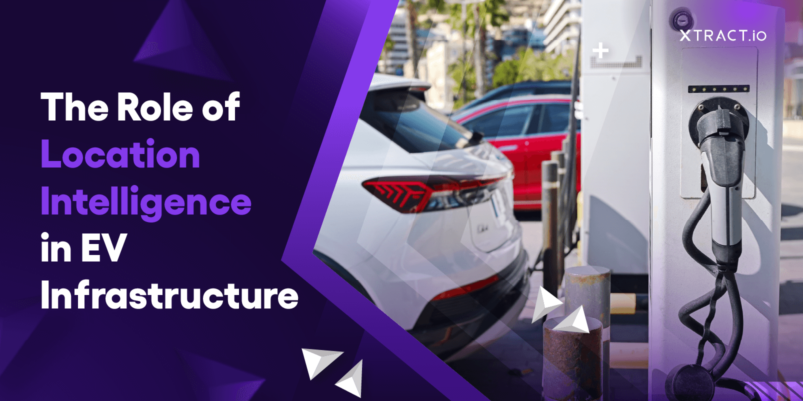Did you know that global sales of electric vehicles surpassed 13 million units in 2023 alone? Electric vehicles (EVs) have emerged as frontrunners, promising cleaner transportation and reduced carbon emissions.
But for electric vehicles to succeed, we need more than just better technology. We also need strong support systems like charging stations and networks. This is where the role of location intelligence becomes important, reshaping the landscape of EV infrastructure deployment and management.
Let’s understand how location intelligence is revolutionizing the planning, deployment, and optimization of EV charging networks.
How does location intelligence influence EV infrastructure?
Location intelligence involves analyzing spatial or geographic data to derive meaningful insights. When applied to EV infrastructure, it means leveraging location data to make informed decisions about planning, deploying, and optimizing charging networks.
Deciding where to place charging stations is not just about finding available spaces. Factors such as population density, traffic patterns, and proximity to major highways play a crucial role. This is where location intelligence steps in, providing invaluable insights into the most strategic locations for EV charging infrastructure. Location intelligence is a technology that offers distinctive insights by leveraging geographic and geospatial data. It consists of various types of data such as –
- Points of interest (POI) data
- Latitude and longitude coordinates
- Postal codes
- Geocoding data
- Physical locations
- Maps
Over time, the significance of location has grown substantially. For example, Ford Motors leveraged location intelligence by integrating real-time EV charging station data into its navigation systems. This initiative ensured drivers had access to the most comprehensive and reliable information on charging station availability, compatibility, and pricing.
Strategic Planning and Deployment
One of the primary benefits of integrating location intelligence into EV infrastructure is its ability to pinpoint areas of high demand and tactically deploy charging stations to meet these needs effectively. Urban planners can pinpoint specific neighborhoods or commercial hubs where the demand for EV charging is at its peak.
By strategically siting charging stations in these identified areas, they not only cater to the needs of EV owners but also maximize the utilization of infrastructure resources, thereby optimizing the overall efficiency of the charging network.

User Experience and Network Efficiency
Location intelligence also plays a crucial role in enhancing user experience and optimizing network efficiency. By analyzing real-time location data, operators can make dynamic adjustments to charging station operations, ensuring optimal performance and availability.
For example, by monitoring traffic patterns and user behavior in real-time, operators can spot peak demand periods and distribute resources accordingly. This could involve adjusting charging rates, prioritizing maintenance tasks, or even deploying mobile charging units to areas experiencing temporary spikes in demand.
Furthermore, location intelligence can help alleviate range anxiety— the worry of running out of battery power before reaching a charging station—by ensuring that charging stations are strategically located along major travel routes.
Network Integration and Capacity Management
Location intelligence plays an important role in maximizing the integration of EV charging infrastructure with the existing electrical grid. By analyzing data on grid capacity, voltage levels, and distribution networks, planners can identify optimal locations for charging stations that minimize strain on the grid and ensure reliable electricity supply.
Additionally, location intelligence enables dynamic load management, allowing operators to balance electricity demand across different charging stations and prevent grid overloads during peak periods.
Policy Development and Urban Planning
Location intelligence provides valuable insights for policymakers and urban planners in developing EV-friendly policies and fostering sustainable urban development. By analyzing spatial data on traffic patterns, air quality, and infrastructure availability, decision-makers can identify areas where EV adoption can have the greatest environmental and social impact.
This data-driven approach can inform the development of incentives for EV adoption, the expansion of charging infrastructure, and the integration of EVs into broader transportation and land-use planning initiatives.

The State of California’s EV Charger Equity Program is one prime example of an initiative that aims to increase access to EV charging infrastructure in underserved communities. Leveraging location-based data and demographic analysis, the program identifies neighborhoods with limited access to charging stations and prioritizes deploying new infrastructure in these areas.
By utilizing location intelligence, California can ensure that the expansion of EV charging infrastructure is equitable and inclusive, addressing disparities in access to clean transportation solutions. The program’s data-driven approach enables policymakers to target investments where they are most needed, promoting social equity and environmental justice while supporting the state’s ambitious goals for electrification.
Conclusion
While location intelligence holds immense promise for the future of EV infrastructure, it’s not without its challenges. Privacy concerns, data security, and regulatory barriers are just some hurdles that must be overcome. However, these challenges can be addressed with continued innovation and collaboration, laying the groundwork for a smooth shift toward electric transportation.
With advancements in technology and data analytics, we can expect to see even greater integration of location intelligence into the planning, deployment, and management of charging networks. By harnessing the power of spatial data, we can create a smarter, more efficient charging network that meets the needs of both EV owners and the broader community.
If you want to know how to leverage location intelligence in your projects, Xtract.io’s comprehensive dataset on EV charging stations can help you gain valuable insights for your business initiatives.







